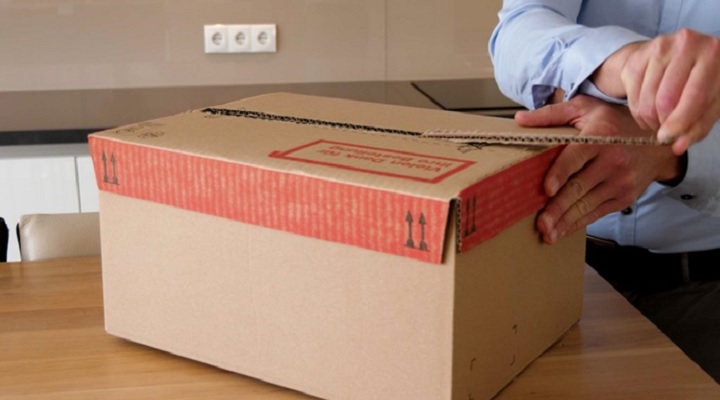As consumers, it’s likely that most of us have received a package after ordering a product online that gave a telltale clunk when picked up – the sound of a product moving in a box much too big for it, with void fill material valiantly trying to fight the effects of gravity (and sometimes failing).
Making a good impression on customers today means delivering a package that protects products, is easily recycled, and is right-sized, matching exterior packaging to the size of the objects being shipped.
Reduce dim weight costs
When considering how to reduce shipping costs, it’s common to start by thinking about materials. However, materials costs account for only 20 per cent of the total cost of shipping. While the choice of materials is still important, especially viewed through the lens of sustainability, there are other areas of focus that should be considered that make a big impact on the bottom line.
Dim weight – short for dimensional weight – is a calculation for measuring the price of shipping a box that is now used by many logistics companies. It incorporates both the weight of the box, as well as the volume, meaning that a small, heavy item in a large exterior box is now that much more expensive to ship. By right-sizing packaging to eliminate as much void as possible, businesses pay to ship their products, not boxes full of wasted space.
Reduce packaging waste and improve the environmental footprint
Wasted space in a shipping box represents more than just wasted money – it’s also bad for the environment. When a box is significantly larger than the products it contains, it creates the possibility of several negative environmental outcomes, including packaging waste.
By right-sizing packaging, the need for additional void fill or cushioning to protect products is also reduced. This is particularly relevant when it comes to reducing plastic single-use packaging materials, such as air pillows. Globally, only 9 per cent of plastic waste is recycled, while 22 per cent is mismanaged.
Reduce fuel surcharges and transport costs
Boxes that take up more space than necessary will fill up transports faster than right-sized boxes, and because of this, more trucks are required to move the same number of products. More fuel is required to keep fleets moving, which contributes to an increase in greenhouse gas emissions as well as more logistics costs. As a counterexample, by right-sizing boxes with automated height reduction, it’s possible to conserve up to 25 per cent of space on a pallet, potentially keeping one in four delivery trucks off the road.

Boost end-of-line productivity
Packaging automation offers the opportunity to remove the labour involved with height reduction or assembly of fitted containers. By using computer vision, an automated solution like the Cut’it! Evo can identify the point of highest filling within a box and then cut and seal flaps at the correct height.
Not only does this eliminate and streamline a repetitive and potentially straining part of the packing job, it also allows goods to be picked and placed directly into their final shipping boxes. This removes the need to place goods into temporary containers to then be placed in manually adjusted boxes.





